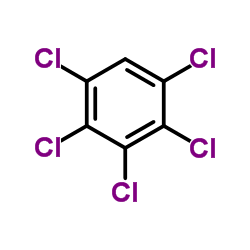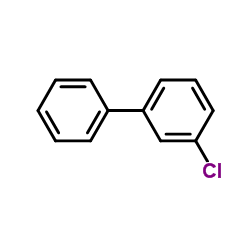| Structure | Name/CAS No. | Articles |
|---|---|---|
 |
arochlor 1221
CAS:11104-28-2 |
|
 |
PCB 2
CAS:2051-61-8 |